Health Secretary Humza Yousaf pulled on his big boss man pants last week.
The occasion was a BBC interview about accident and emergency waiting times which are now – I daresay you will be unsurprised to learn – the worst ever recorded.
Singling out three hospitals – the Forth Valley Hospital in Larbert, the Royal Infirmary in Edinburgh and the Queen Elizabeth University Hospital in Glasgow – for particular criticism, he said their performance had been unacceptable, adding that hospital bosses knew he expected immediate improvement.
Yousaf must have left managers in health boards across the nation trembling in fear.
But, before anyone gets carried away by the idea of the health secretary as a hero, riding in to save the day, it’s worth remembering the part he’s played in the current crisis, which has seen fewer than two-thirds of patients being attended to in casualty units within four hours of arrival.

In common with every senior elected politician, Yousaf styles himself a great champion of the National Health Service. Praise for doctors and nurses drips from his lips like honey.
Politicians lavish attention on the NHS for good reasons. For one thing, the rest of us – by and large – are very keen on it indeed. We have often experienced the very best of the service, witnessing at first hand the skill and care of medical staff.
Health Secretary @HumzaYousaf thanks NHS staff for their work to reduce the number of people waiting more than two years for an outpatient appointment
Two years waits are clear in most (22 out of 41) specialities
Read more➡️https://t.co/ALFVCuxjI8 pic.twitter.com/eXwtpVU4Bi
— Scot Gov Health (@scotgovhealth) September 22, 2022
But many of us have seen the NHS at its worst, witnessing overworked medics run ragged, dealing with delays in treatment for ourselves and our loved ones.
With this in mind, come election time, politicians from across the spectrum make bold promises. Vote for us, they say, and we’ll slash waiting times. These promises are, almost always, undeliverable. Politicians come up short when it comes to ensuring it’s actually fit for purpose.
The NHS is in desperate need of investment
The establishment of a National Health Service, free at the point of delivery to anyone who needs it, stands as one of the great achievements in British history. But the Britain of today is very different to the Britain of 1948, when the NHS first opened its wards and clinics.
If we want an NHS where waiting times are cut and outcomes improved, we’ll have to pay for it
People live longer, more advanced – and expensive – treatments have been developed, and ageing facilities are in dire need of replacement. All of these factors mean the NHS is in desperate need of investment. It is time for politicians to be honest about how this might be achieved.
If we want an NHS where waiting times are cut and outcomes improved, we’ll have to pay for it through increased taxes. Until Humza Yousaf and other politicians are honest about this, the promise of a better service will remain unmet.
Euan McColm is a regular columnist for various Scottish newspapers
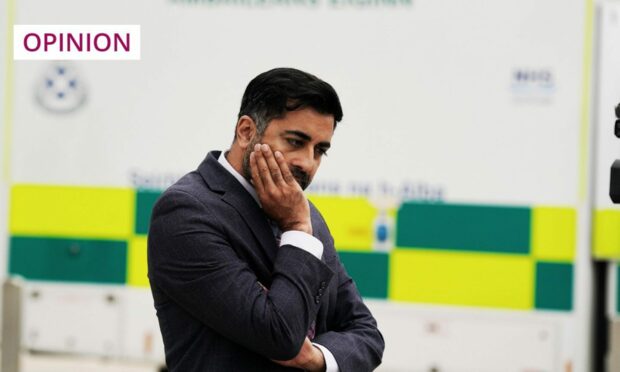
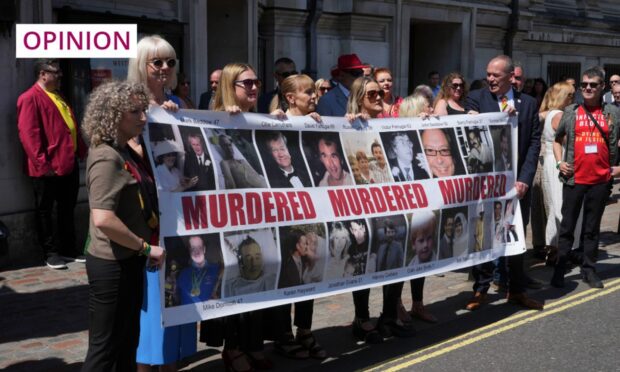
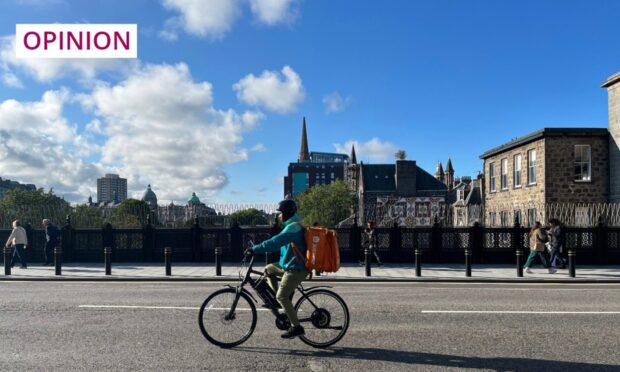
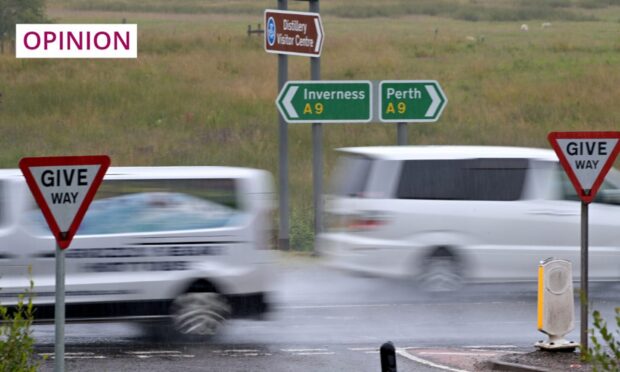
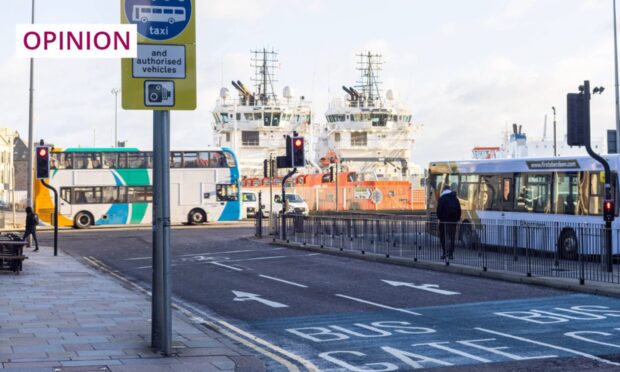
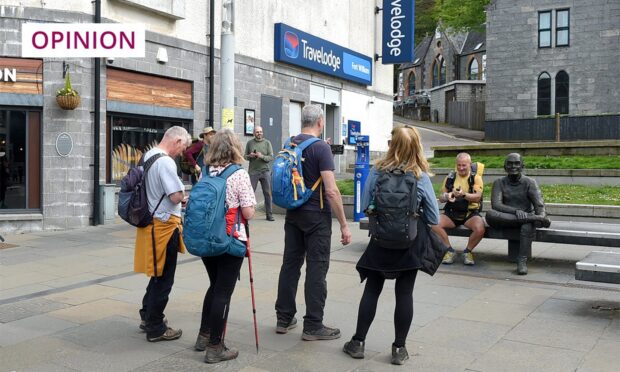
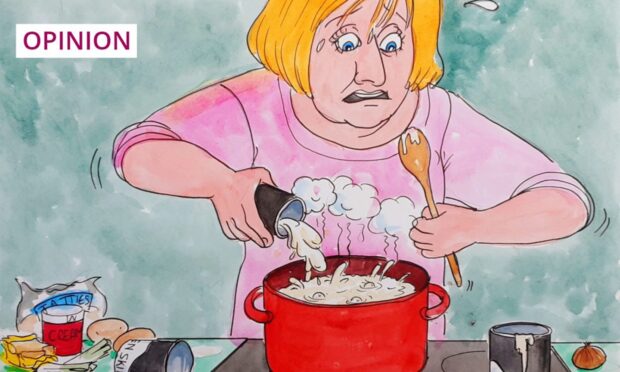

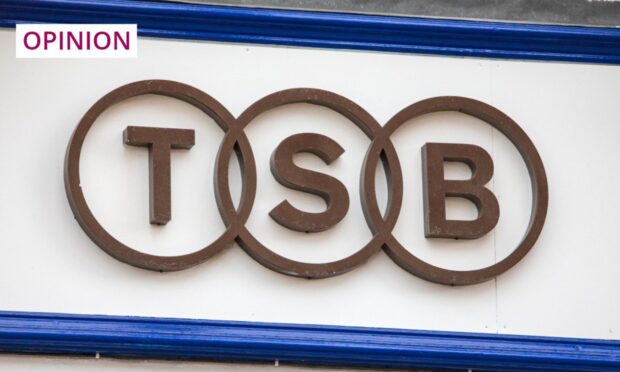
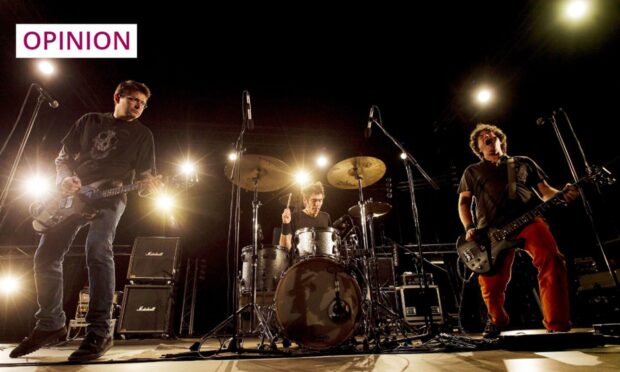
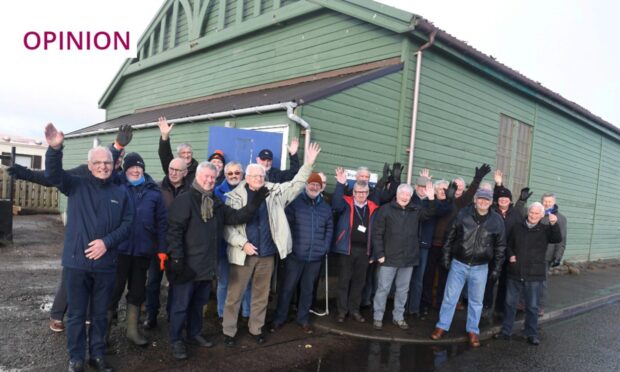
Conversation